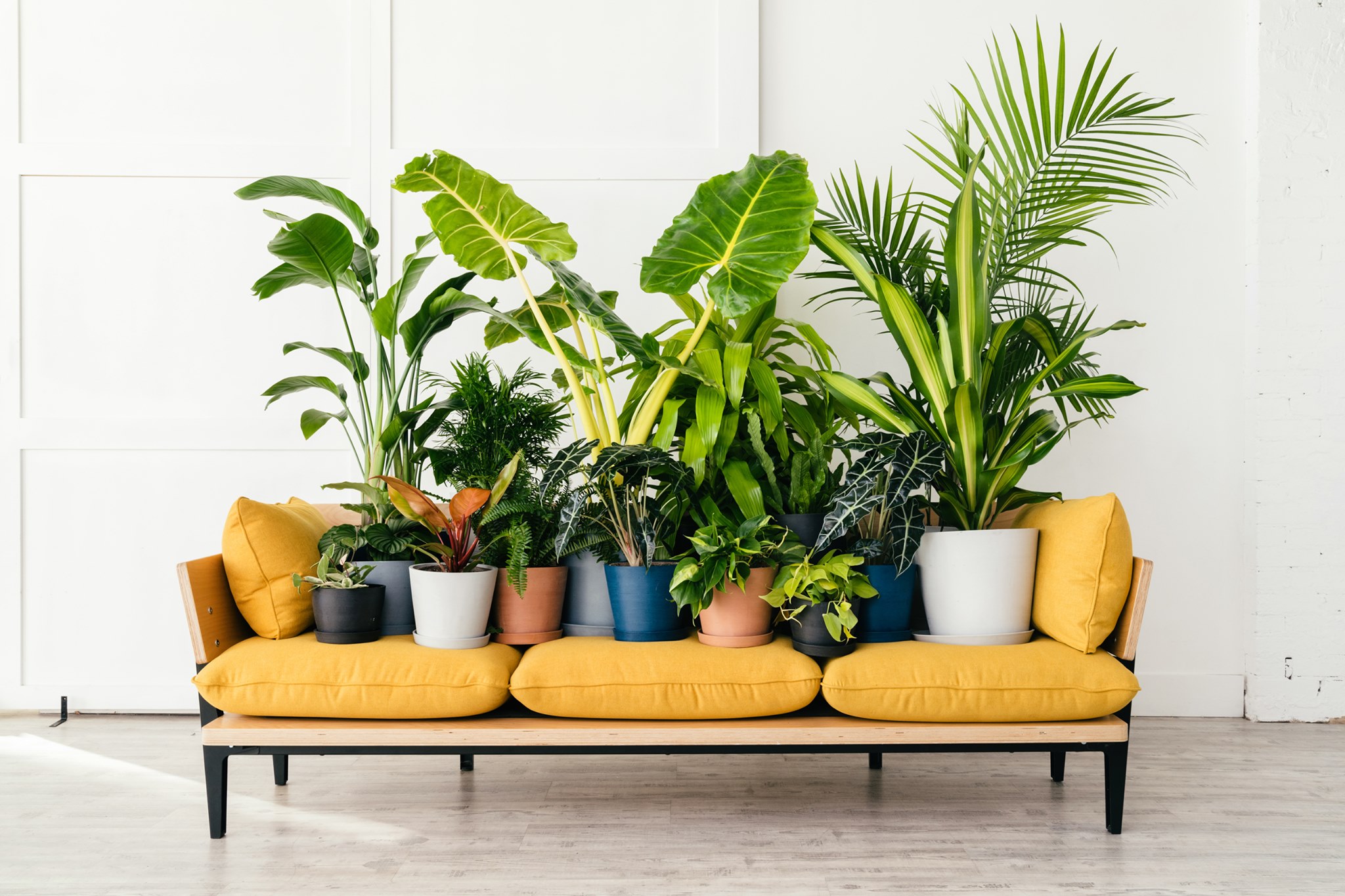
House plants are a must in every modern home, for the simple reason that they just look great and bring all the happy vibes to a space. Knowing how to care for houseplants though, is a whole other story and it's not always so simple.
There are two types of houseplant parent in this world: The ones that care too much (we're looking at you overwatering your Calathea over there) and those that don't care enough... So we teamed up with some houseplant experts to help you get the balance right when it comes to caring for your best indoor plants.
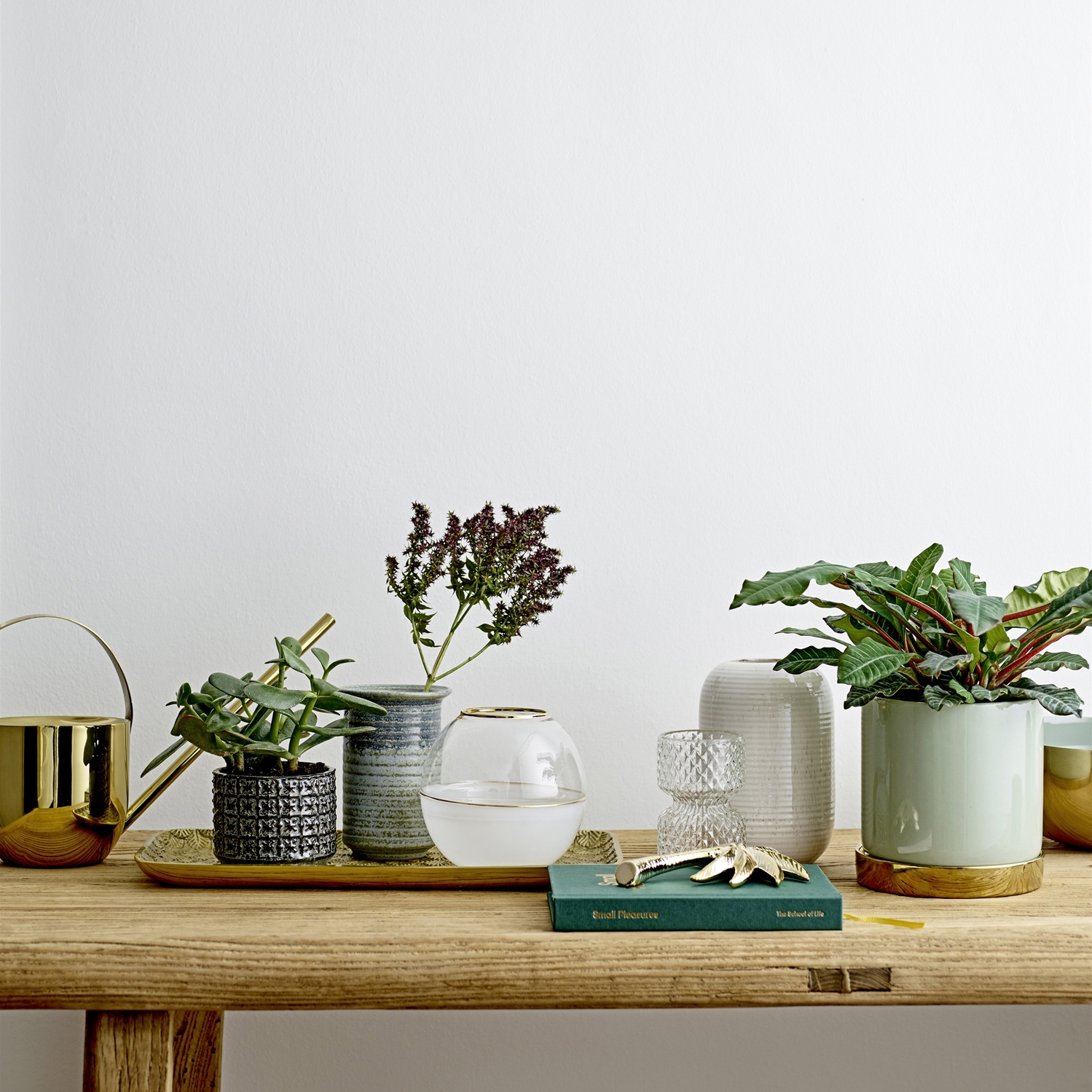
Choosing the right pot for your plant is an important first step. Beaumonde have a great selection, meaning you're sure to find something that suits your style as well as your plants needs
How do you keep indoor plants healthy?
To best care for houseplants, it's a fine balance of positioning, watering and light conditions – which we all too often get wrong. We spoke with House Plant guru Kate Turner from Miracle-Gro about where we're all going wrong with our house plant care routines and it all comes down to not choosing their environment properly.
We often buy a plant to fill an empty spot in a room, to add to the decor – we're all guilty of that – but what we should be thinking about before we bring our plants home in the first place, is what plant will suit your chosen environment for them. Is it a humid bathroom, a dark and cool basement lounge or a toasty and bright bedroom? All plants have preferred climates so you need to start firstly by understanding where your plant originates from, as this will determine where it will be happiest in your home. You can of course edit your surroundings slightly to say increase humidity and so on but, if this involves moving your plants frequently – which does them no good – and a lot of upkeep, it's not worth your time, or their health.
You need to do your research, to know where your house plant originates from and then go from there. For example, Monsteras and Calatheas (the latter Calathea Turner mentions as the one plant people have the most problems with) both come from Central South-America where, although there are lots of different climates in its various regions, the overarching climate is hot, humid and tropical-like, meaning that those plants will enjoy and thrive in similar conditions.
Likewise for cacti and succulents. They originate from dry, desert locations where they don't tend to get watered by local gardeners! And, these are therefore potentially the easiest house plants of all to keep alive as you can simply sit them on a sunny windowsill and not give them a lot of attention as they require little to no watering.
- See how to start indoor gardening like an expert.
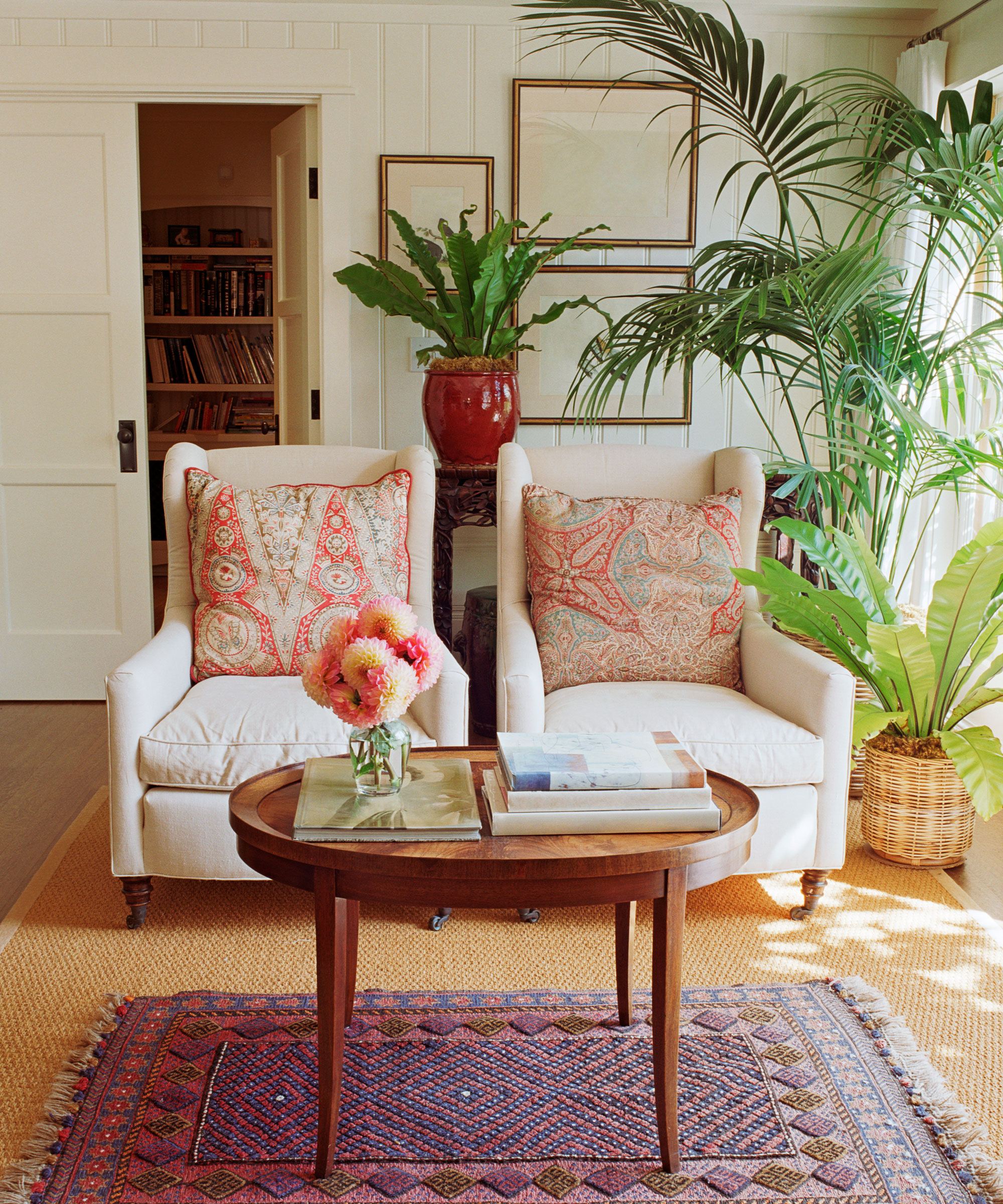
How often should you water your houseplants?
You guessed it, it depends on the plant. Most that need watering will want a top up every 2-3 weeks. Watering is best done in the morning, and as simple as it sounds, watering house plants can be a difficult balance to strike. As a basic rule of thumb (literally) always ensure to feel for a plant's moisture before making a decision about watering. If the soil is bone dry, it is usually safe to water, while if the soil is still moist, it may be better holding off as soggy soil can cause root rot and ultimately kill your poor plants. This depends on the season too, in summer which tends to be growing season for many (and generally warmer), your plants (especially ferns) will need more regular watering and misting.
How to water house plants
There are a few different ways to water house plants especially for those that like humid conditions, namely ferns. One thing that Turner notes as highly important, which many of us don't think about, is water temperature. Filling up your watering can with water straight from the tap is going to stun your poor tropical or desert house plants with freezing cold water. This will cause the roots to contract which is damaging to their health and happiness. Turner's top tip is to fill a few empty bottles up with water and to just leave them close by to your house plants so that they come to room temperature. That way when it's time to water your plants, they will have a much more pleasant experience.
House plant baths and showers
If the soil has dried out for an extended period of time, you can give your house plants a bath by letting them sit in water until moist again, before ensuring the excess has drained off and putting them back in their usual spot.
This can be useful especially if you've gone on holiday. Whilst many house plants can survive a length of time with a thorough water prior to this; smaller potted species and those that favor humidity like ferns and peace lilies may be better suited to a soak in the bath (or sink). Rest on water-soaked towels with plenty of shade and expect to find your house plants in equally healthy condition on your return.
Turner actually recommends taking a shower with your ferns as they will love the steam which should feel a little like being back in a tropical rainforest. She also recommends to keep humidity levels up by adding some gravel to a dish and filling it with a little water. Set your potted indoor plant on it and that will help create a little steam also.
Is misting good for indoor plants?
If your plants like humidity, most tropical varieties do, then a fine mist 2-3 times a week will help recreate that tropical climate they love.
Note that you should keep this up in winter as heat from a radiator creates an atmosphere too dry for most species. Keep an eye on your plants; dry, brown leaves and discoloration are a sign that they can't stand the dry heat or too much direct sunlight.
Note that your choice of pot also affects a plant's water retention and ability to grow. Ceramic pots are porous which will help with the effects of any overwatering, while plastic pots are easy to clean and lightweight so your plant will be easy to transport.
Make sure that the pot you select is large enough for a growing house plant and allows for good drainage. Contrary to vegetable gardening for example, not all house plants need a lot of soil to thrive and will actually do fine/better in less soil, even with exposed roots. Yucca plants for example will support exposed roots far better than too much soil and the likelihood of damp.
Where to put house plants
Before finding the right plant for the right place, take a moment to really think about your home. Which areas receive the most natural sunlight, which are in constant shade and, the average temperature of each room. Remember that as the sun changes, so will the light in a room. It’s important to know what you’re working with before you start understanding your plants' needs and choosing where to house them.
Sunlight needs
Don't just assume that all plants need sunlight and leave it at that, take the time to research just how much light they require. For some, it seems that the more sunlight the better, whilst others (generally the larger and more leafy species) are better suited to somewhere a little more shaded.
Consider heat sources
Temperature is also an important thing to consider when deciding where to position your house plants. As a rule of thumb, house plants are at their happiest around 20 degrees, so if you're planning on cranking up the radiator in the depths of winter, definitely make sure your house plants aren't too close.
While most plants can tolerate a slight fluctuation in temperature, for more tropical species, consistency is key.
Group plants together
Turner highlighted also how plants grouped together thrive far better as if you think of a tropical jungle environment, where many originate from, you think of lots of surrounding plants! And, this is beneficial for a number of reasons. Not only will plants keep each other company, but some help filter light for those that don't need so much sunlight. So although you might be thinking about adding just one massive Peace lily to your home office, give it some buddies for a better chance of it surviving.
- Spot in the bedroom? These are the best bedroom plants to choose.
Care tips for the most common house plants
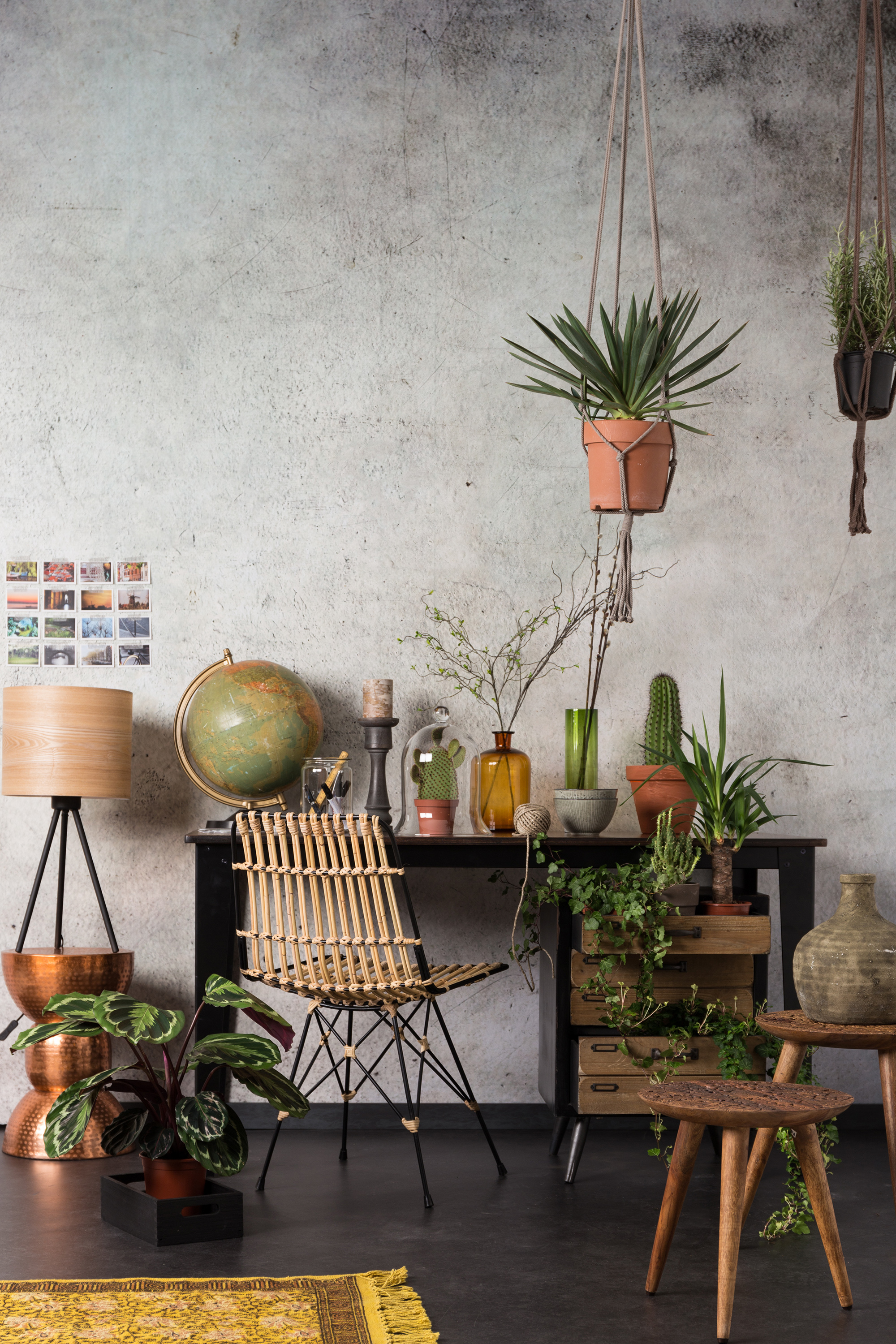
An eclectic mix of houseplants really enhances the use of natural materials. Find similar at Cuckooland
Here's a quick 101 on caring for some of the popular house plants around, including some tips from Lazy Flora and recommendations from another house plant expert, Jane Perrone – host of On The Ledge house plant podcast.
Monstera deliciosa care
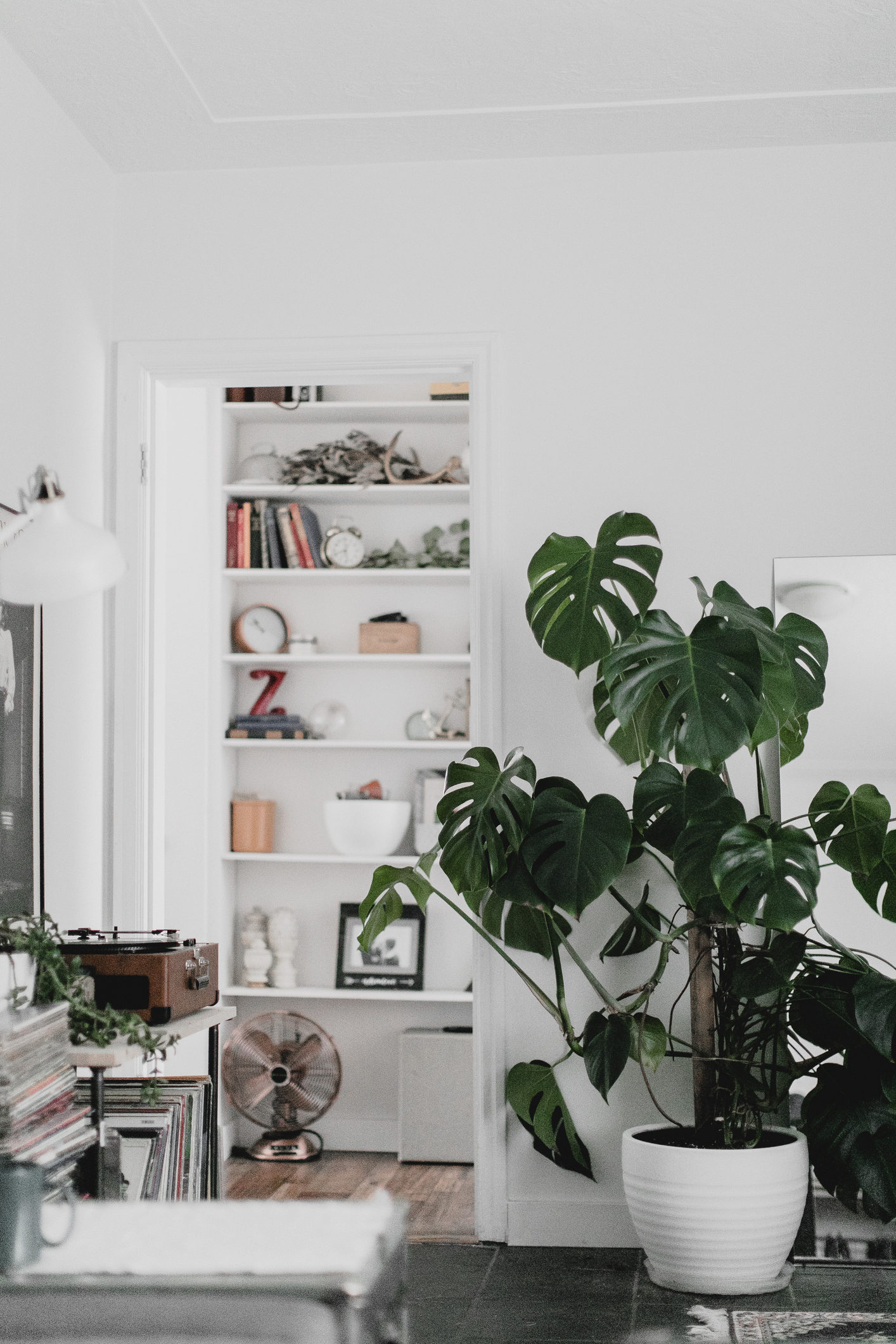
The Swiss cheese plant (Monstera deliciosa), also known as the Insta-plant of the century is instantly recognizable by its unique tropical-looking leaves which as aforementioned, is a hint as to how you should best care for yours.
A Monstera deliciosa plant is happiest in warm spots, with indirect sunlight. This is one that should only be watered once the soil has dried out completely as it's prone to root rot. When your Monstera starts forming aerial roots – to support its growth – you can add even more support with a moss or coconut-covered support stick.
Lazy Flora adds, 'The shiny, uniquely shaped, striking leaves of the Monstera deliciosa make a statement in any room. The plant is native to the tropical rainforests of Central and South America, so plant parents should keep them in bright, indirect light and water regularly to ensure their young charges do not dry out.'
Five holes plant (Monstera Adansonii)
If your space is too small for a Swiss cheese plant, it’s little brother (Monstera adansoii) may be the option for you. With its spectacularly unique foliage, this is a gorgeous addition to every indoor space.
Monstera adansonii care
As long as it’s placed in bright, indirect sunlight, this houseplant makes for a easy keeping, and much like the Monstera deliciosa, be sure to only water it when the soil is at least 75% dry.
Yucca plant care
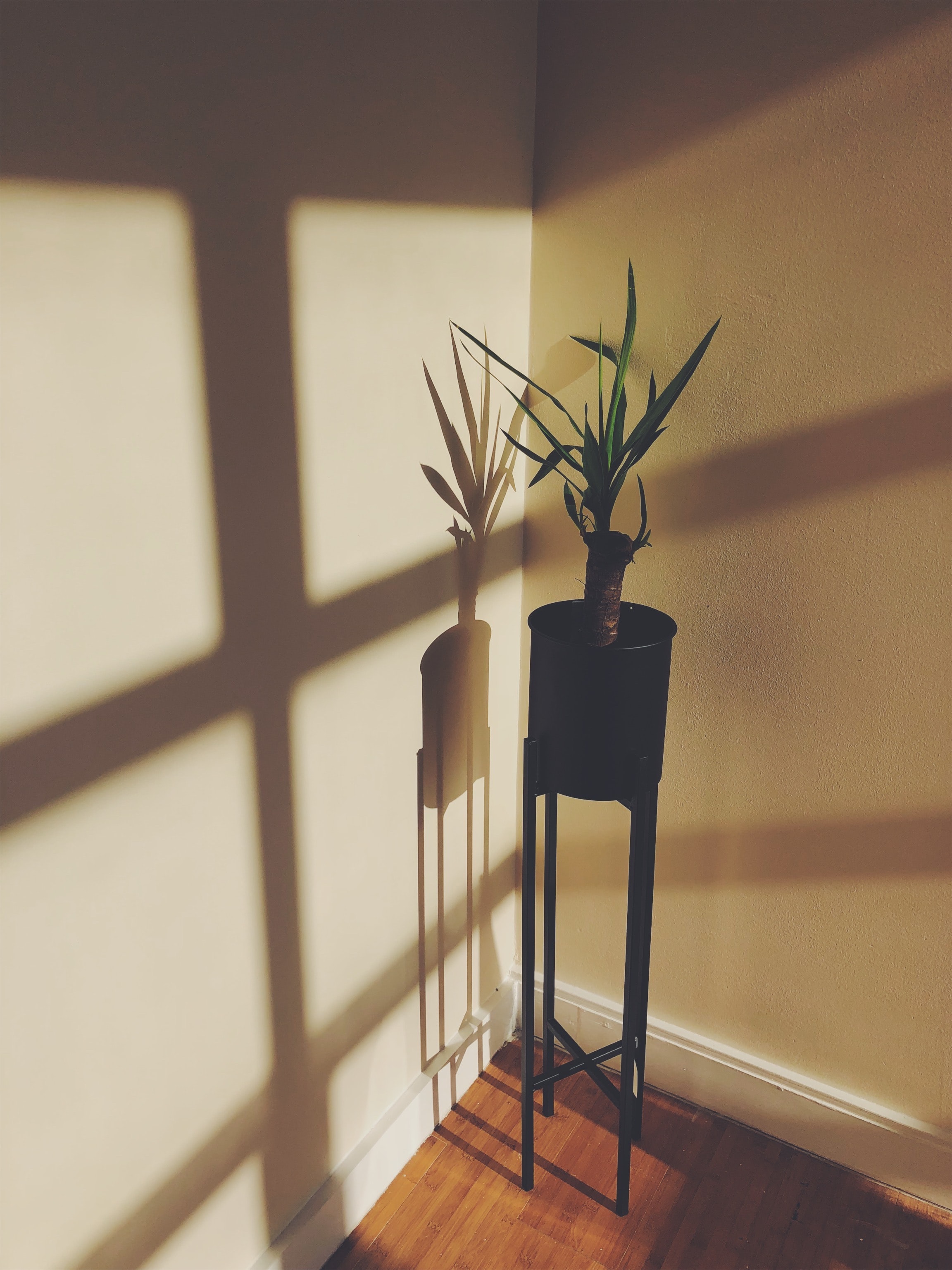
Indoor Yucca Elephantipes Tree, is a great tall house plant to keep that is sure to bring tropical vibes to your space. A Yucca simply needs sun, and this one is sensitive to overwatering so shouldn't be potted in too much soil, and should only be watered when the soil has dried out completely. Surface roots are normal!
Aloe vera plant care
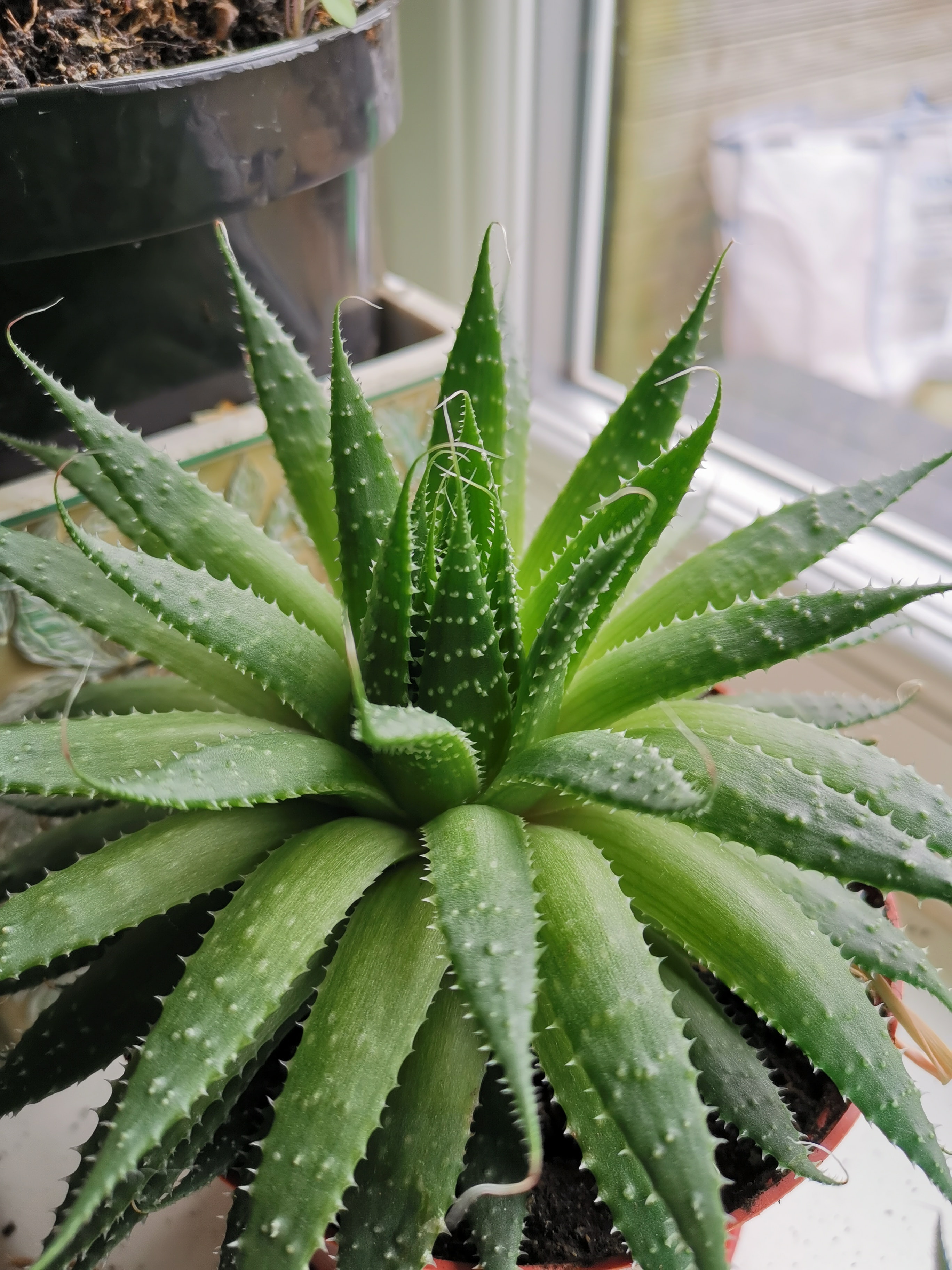
Aloe vera, Aloe barbadensis miller, has well documented skin healing properties. Keep one at home and you'll have a cooling gel on hand, should you scold yourself.
Aloe will need watering every couple of weeks, and you'll know when it's happy because the leaves will be swell with lovely aloe gel. Keep yours on a window sill with direct sunlight for part of the day/indirect sunlight. And keep an eye out for pups, perfect to repot as gifts or to add to your jungle.
- Learn more about the benefits of houseplants.
Hoya carnosa care
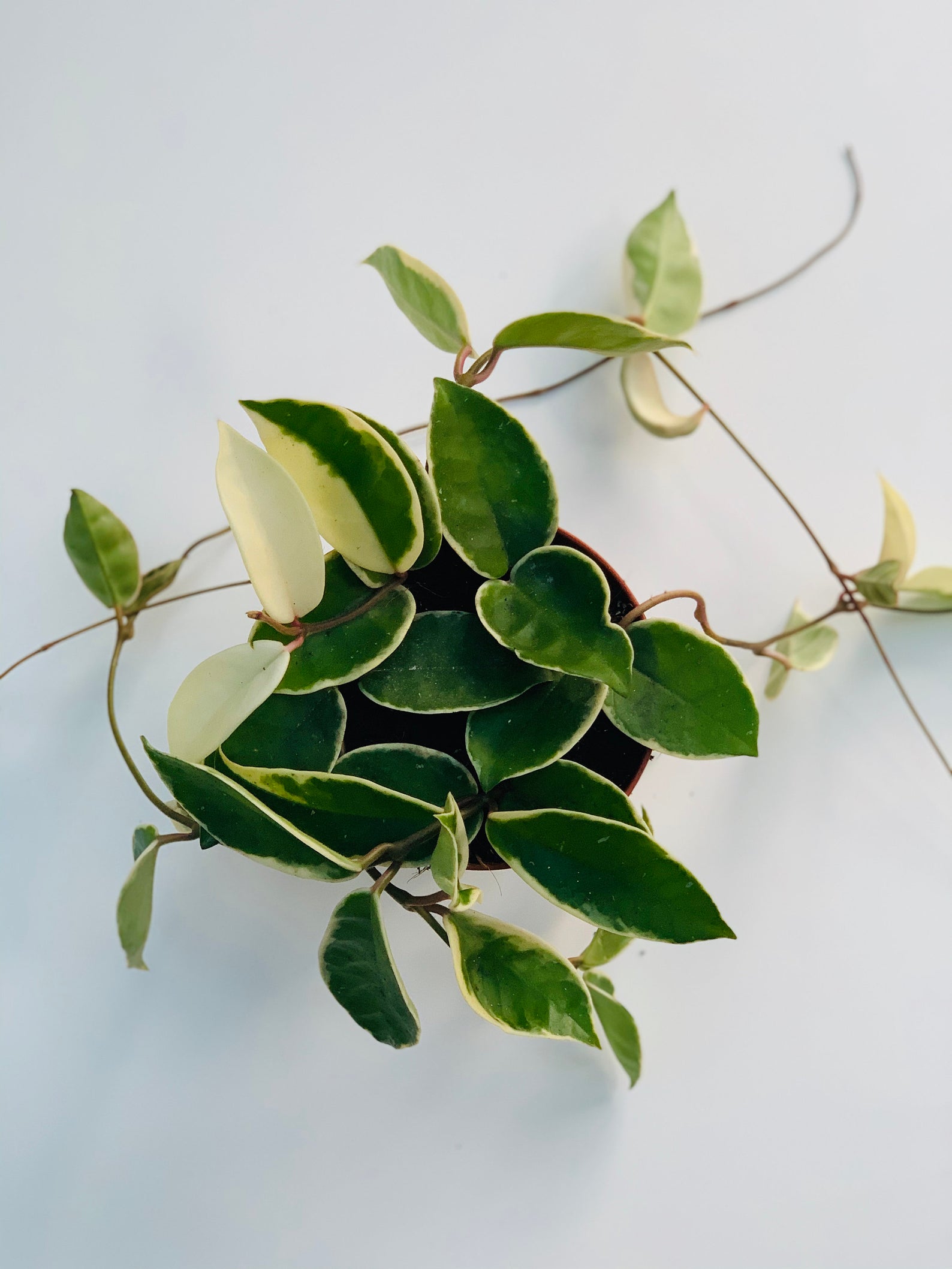
Wax plant, Hoya carnosa, in addition to being cool looking and easy to care for, wax plants are also renowned for their ability to flower. Perrone recommends placing them somewhere high and watching their red stems snake throughout a space. If you’d like to control the growth of your wax plant, think about training it up a trellis.
- See all our trellis ideas.
Cast iron plant care
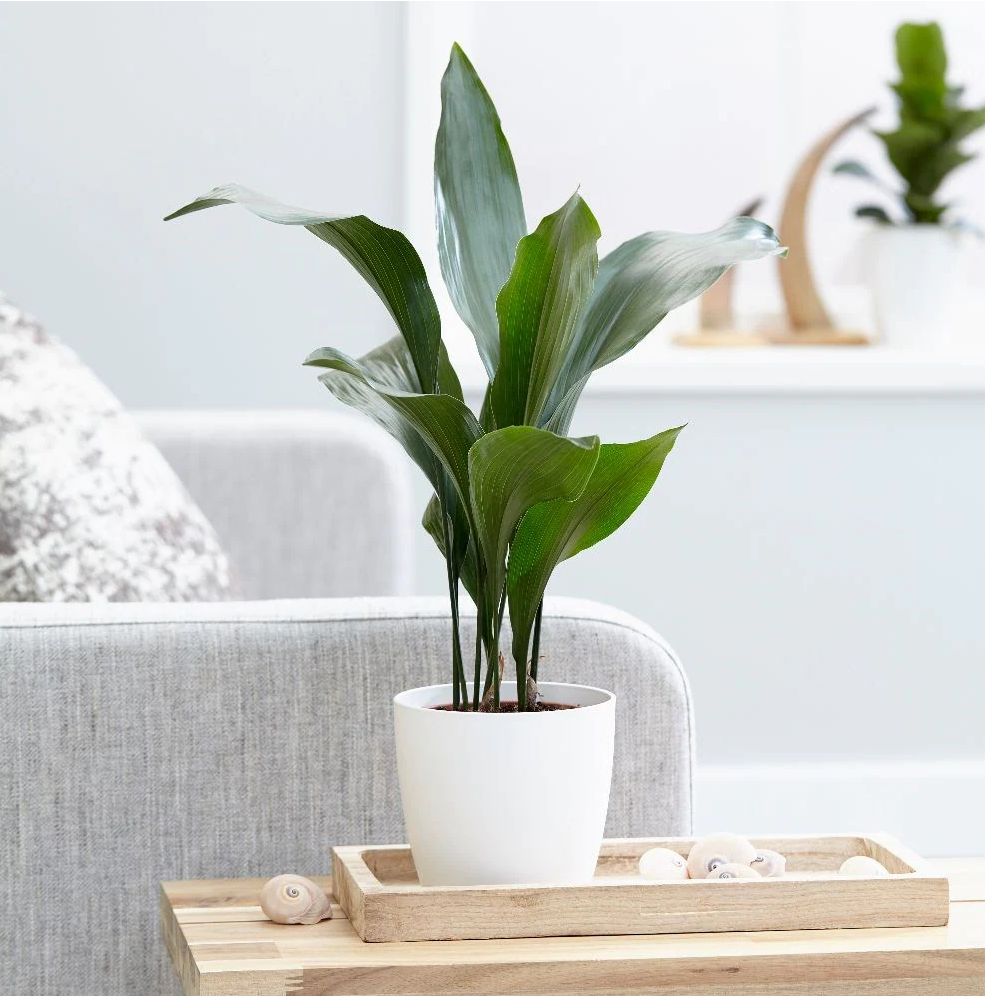
Cast iron plant, Aspidistra elatoir, as its name might suggest, the cast iron plant is a strong sort able to withstand minimal care and an imposing pot. Able to survive in minimal levels of lighting, the cast iron plant makes a great option for dark and shady spaces, with less natural light.
ZZ plant care
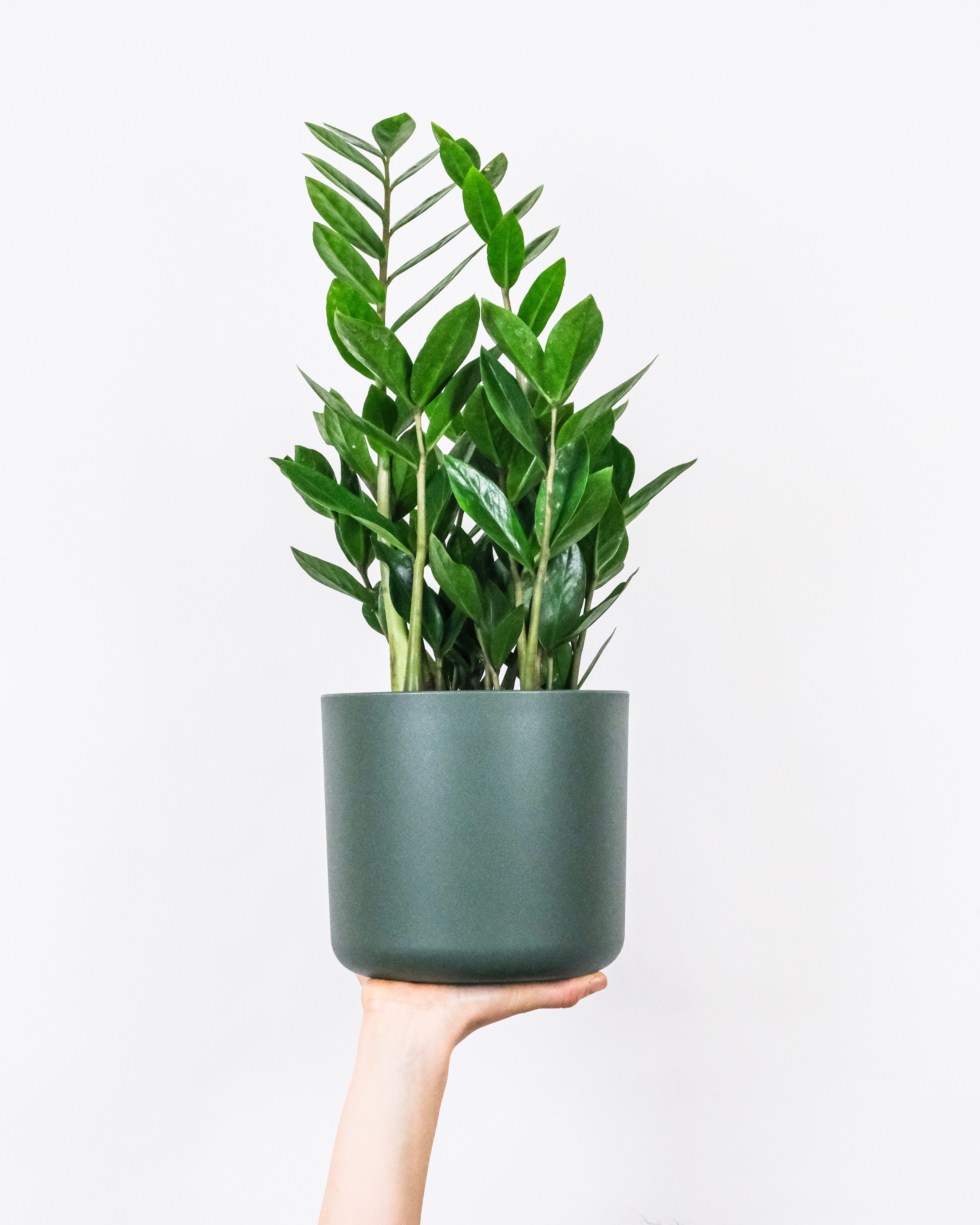
The ZZ plant, Zamioculcas zamiifolia, has been around for centuries and was native to Eastern Africa where it thrived outdoors in drought conditions. Its smooth, waxy leaves never fail to add energy to a room and this can become a very tall house plant indeed, with little effort on your part!
Perrone, recommends a ZZ plant to even the most forgetful of plant owners. Capable of ‘shrugging off deep shade, direct sun, no water for months on end and desert-dry air,’ they require minimal attention and make a great addition to minimalist rooms.
- Shady garden too? These are the best shade plants for outside.
Sansevieria care
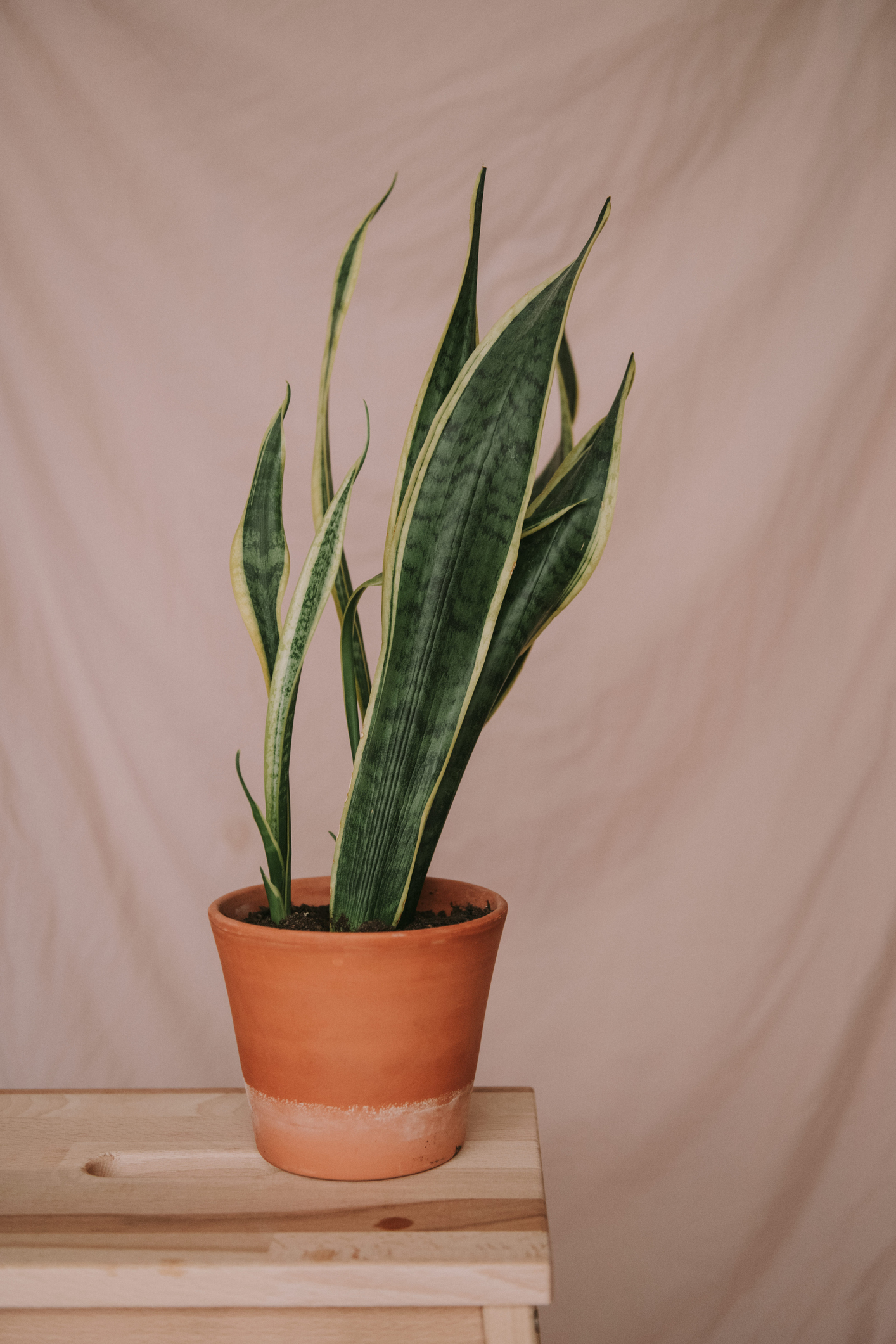
Mother-in-law's tongue, Dracena Sansevieria trifasciata, also known as a Snake plant for the shape of its leaves, this tropical house plant comes complete with incredible color and texture so is a great addition to every modern space.
A less is more approach works best for Sansevieria as they like to dry out completely between waterings. It's not recommended to water them anymore than every 10 days or so, and that's in growing season, even if they are given lots of sunlight as damp is destructive to the roots. Signs of root rot will be yellowing, mushy leaves which begin to fall off. If this happens, stop watering and consider repotting yours into less soil that is not wet also.
- Check out these easy flowers to grow outside and in.
Should you wipe plant leaves?
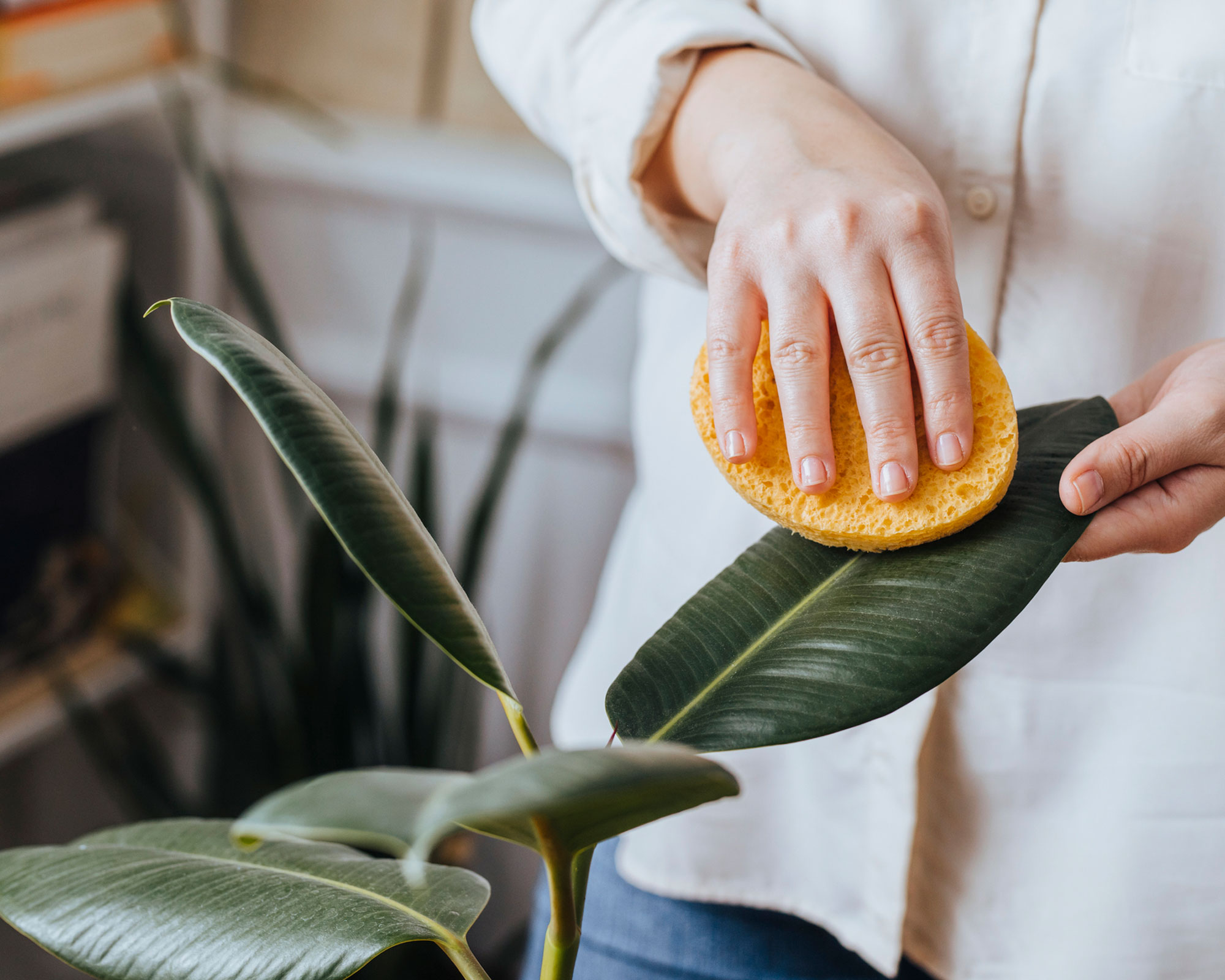
Every plant parent should know how to clean house plant leaves. Like everything else in your home, house plants accumulate dust and by not carefully removing the dust, it actually prohibits a plant's ability to photosynthesize which is what keeps it alive and kicking/growing in the first place.
Peace lilies, Calathea, Ficus and other waxy leaved plants love having their leaves spruced and can be cleaned with a little cotton wool soaked in water, or a soft, wet cloth. Avoid using any type of polish no matter what you read, as this can block a plant's pores and affect its growth.
Milk is said to help bring shine back to dull house plant leaves. Mix 1/2 a cup of milk with a 3/4 cup of water, spray the solution on the top and underneath the leaves before gently rubbing the leaf clean using a clean and dry cloth.
- This is how to make a terrarium.
Do indoor plants need plant food?
It's a wise move to feed indoor plants especially during their growing season to encourage growth and any recovery needed from their time spent dormant. Turner recommends Miracle-Gro's Pump & Feed All purpose plant food which is suitable for lots of house plant varieties and really simple to use. She also stresses to not feed your houseplants during the dormant season as this can do more damage than good.
How do I get rid of bugs in my house plants?
Identifying houseplant pests is a must to give them the care they need to recover. If you do encounter pests, it's best to treat and repot your plant to refresh the soil which may have become too moist over time. You can treat gnats and more insects by dabbing them with a little isopropyl alcohol on a cotton swap, being careful not to touch the leaves too much. Some find success in spraying leaves with a mixture of dish-soap and water too. Then, to ensure you don't carry any disease across, be sure to clean your new pot, start with fresh houseplant/succulent specific soil and shake off as much excess as you can from the plant at hand.
Say hey to all your happy house plants 🌵
Join our newsletter
Get small space home decor ideas, celeb inspiration, DIY tips and more, straight to your inbox!
Emily first (temporarily) joined the Real Homes team while interning on her summer break from university. After graduating, she worked on several publications before joining Real Homes as Staff Writer full time in mid-2018. She left the brand in 2020 to pursue another career, but still loves a second-hand bargain and sourcing unique finds to make her rented flat reflect her personality.
-
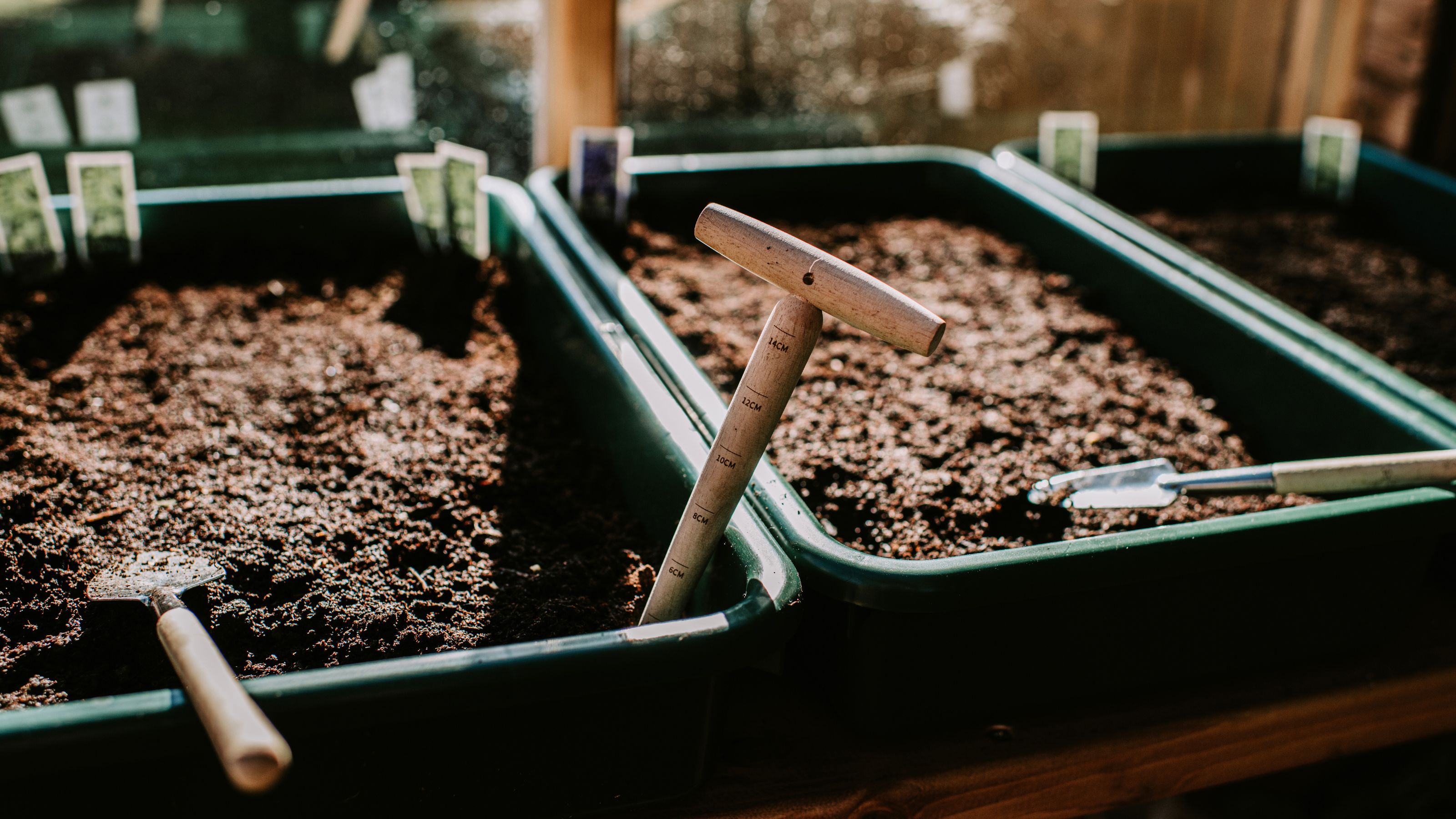 How to make compost — 8 easy steps gardening pros always use
How to make compost — 8 easy steps gardening pros always useLearn how to make compost at home in seven easy steps, whether you have a bin or want to create a compost heap. We've asked pros for their top tips
By Eve Smallman Published
-
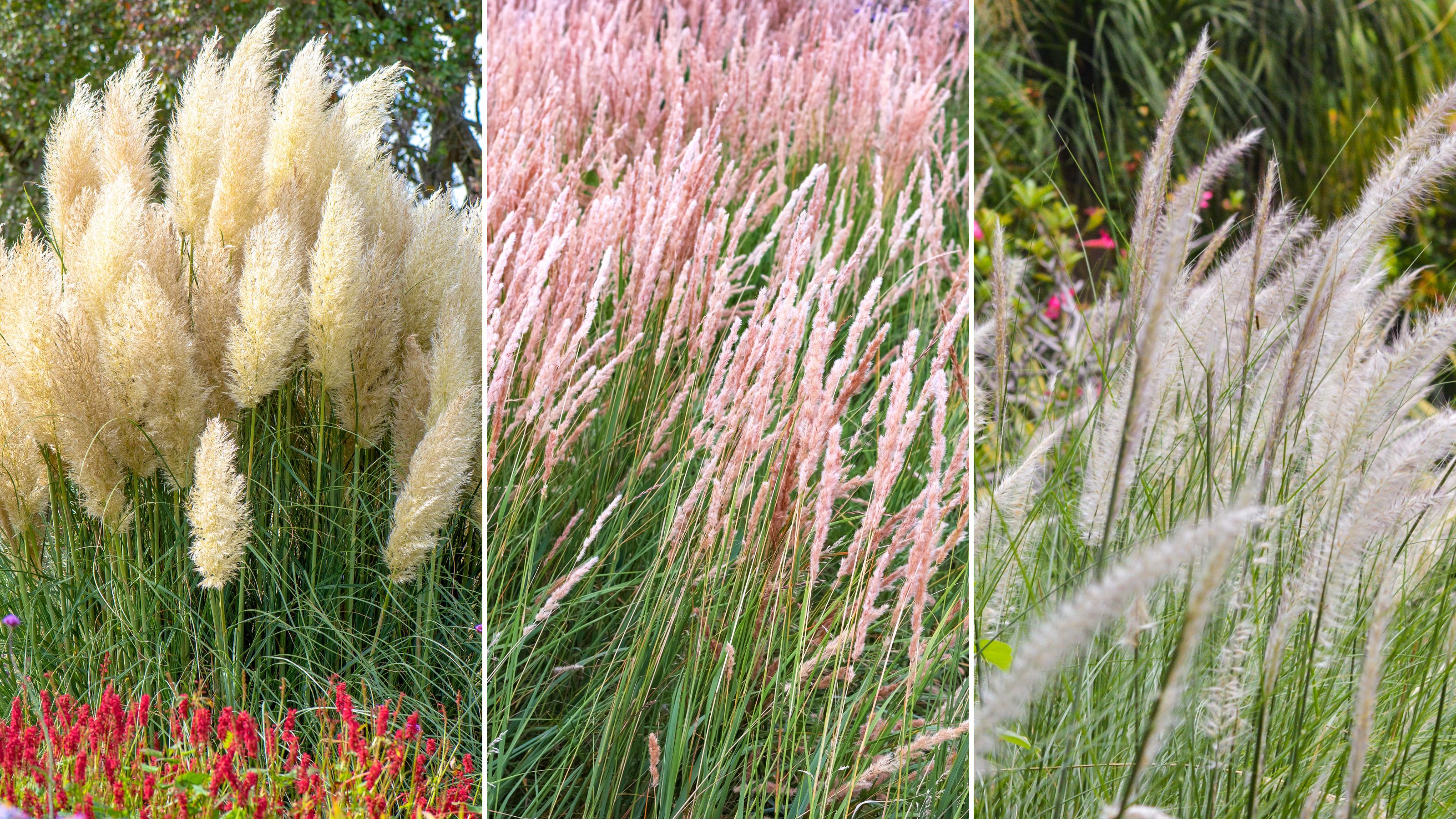 Planting ornamental grasses — the best types experts love and how to grow them
Planting ornamental grasses — the best types experts love and how to grow themWe've got you covered on planting ornamental grasses, speaking to experts about what ones to grow, how to grow them, and factors to consider
By Eve Smallman Last updated
-
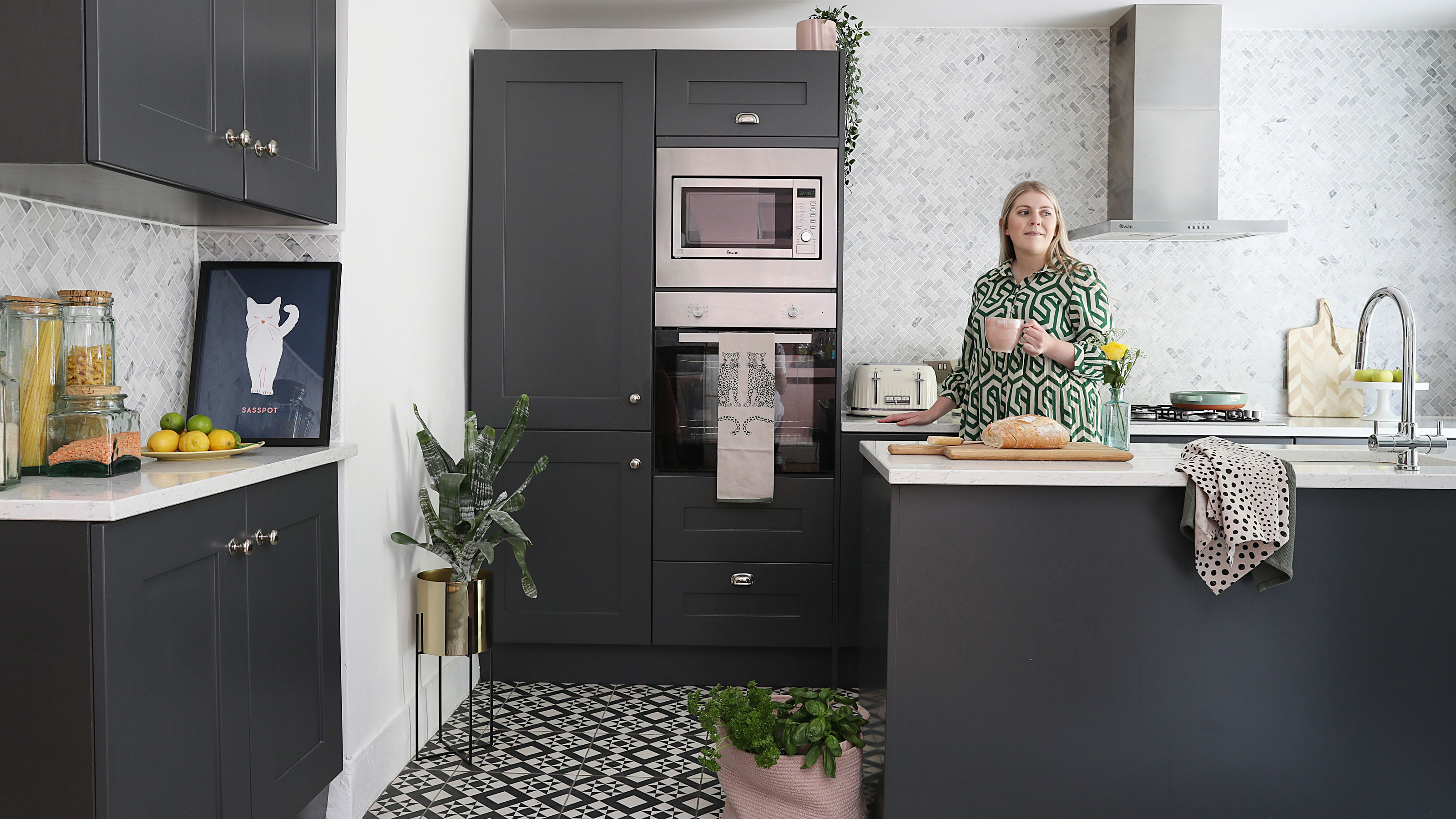 "Grotty" terrace is transformed with French flair and Ibiza vibes in the garden
"Grotty" terrace is transformed with French flair and Ibiza vibes in the gardenEsther Pillans' tired-looking Victorian terraced house was given a makeover with a touch of Parisian chic
By Ellen Finch Published
-
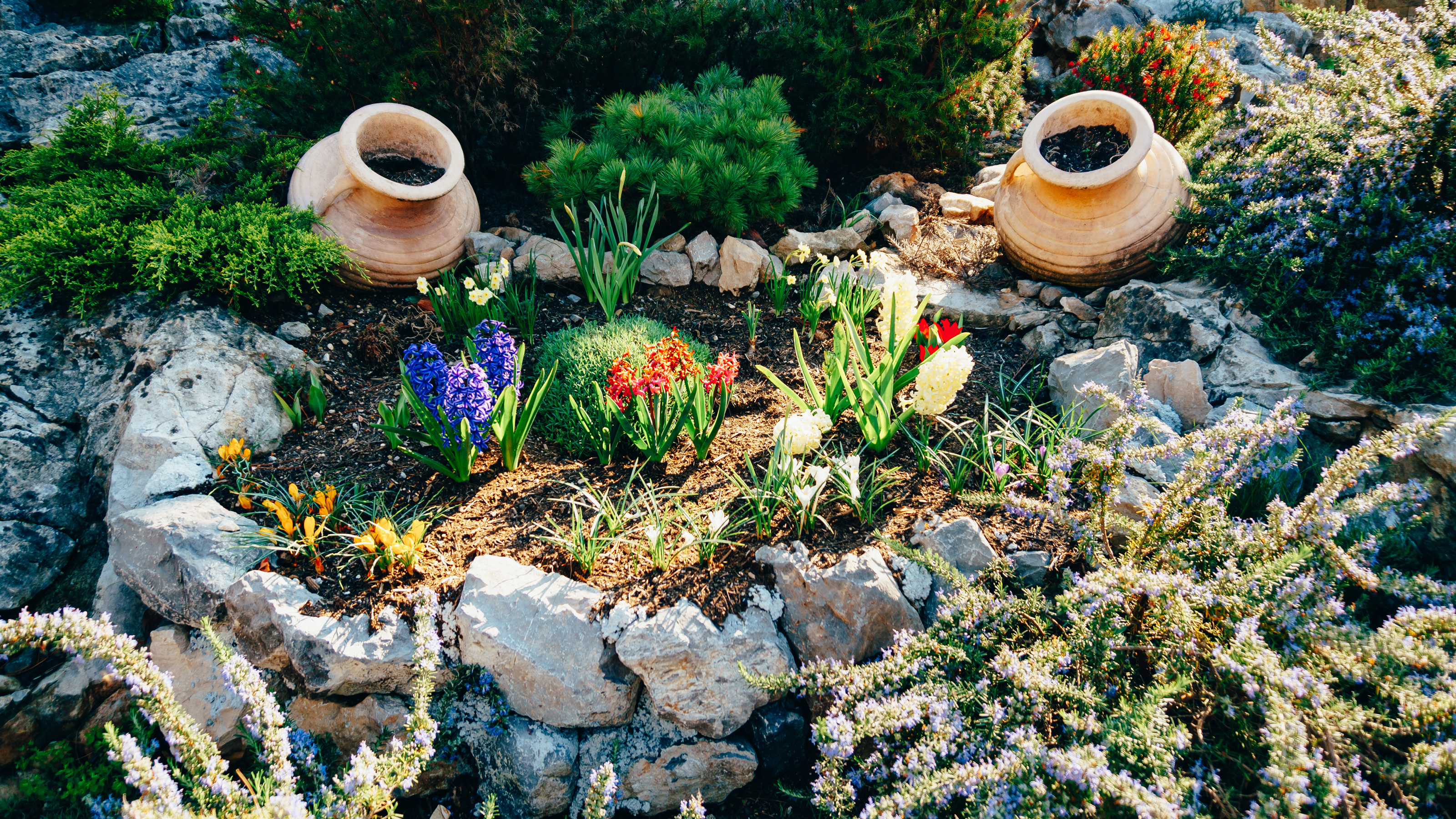 Rock garden ideas – 10 DIY ways to create a rockery
Rock garden ideas – 10 DIY ways to create a rockeryThese rock garden ideas are suitable for outdoor spaces big and small. Create your own rockery on a lawn or even on a balcony with just a few materials.
By Anna Cottrell Published
-
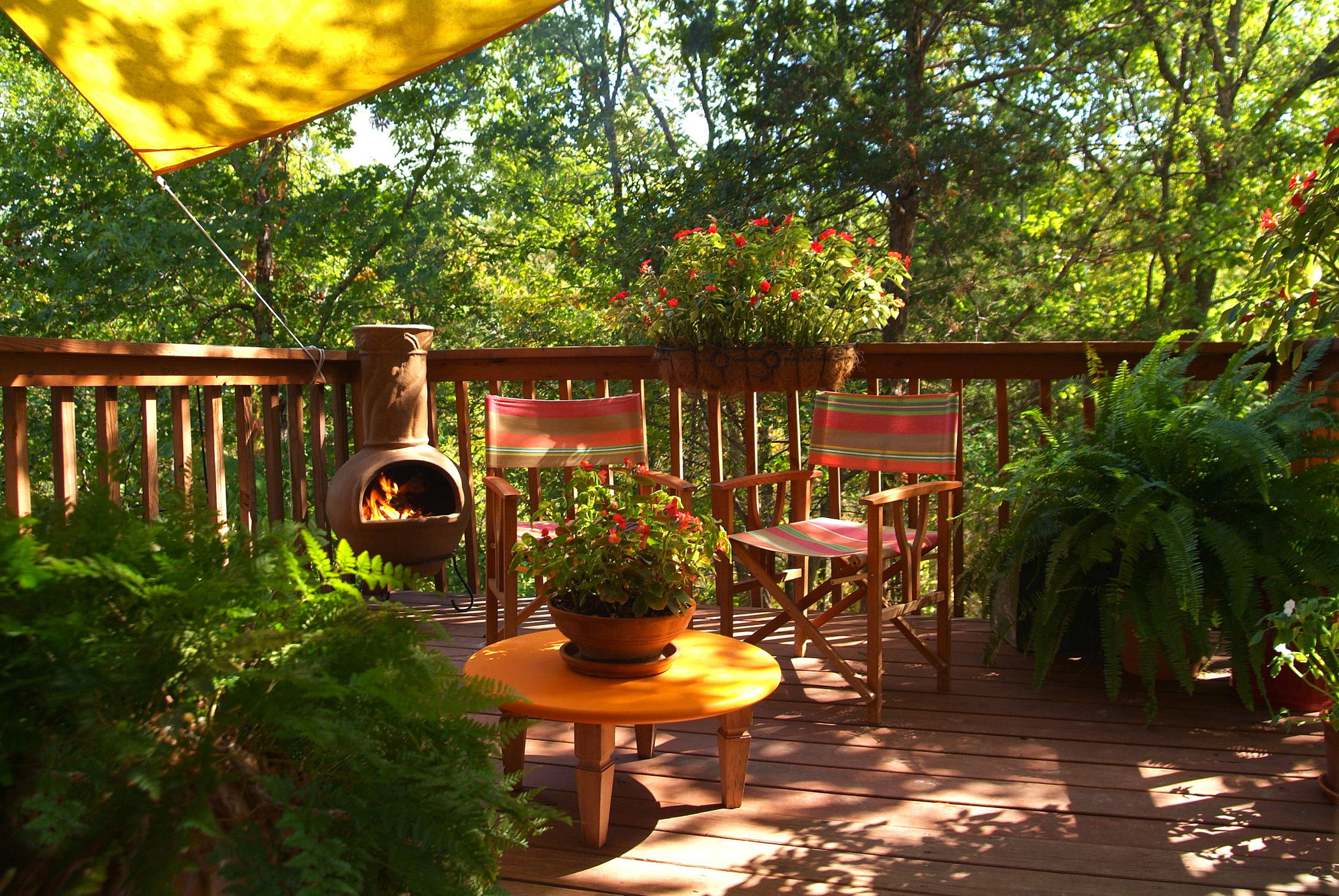 Cabin fever? These chimineas will extend the life of your patio
Cabin fever? These chimineas will extend the life of your patioThis cold-weather season, cozy up to our favorite chimineas!
By Brittany Romano Published
-
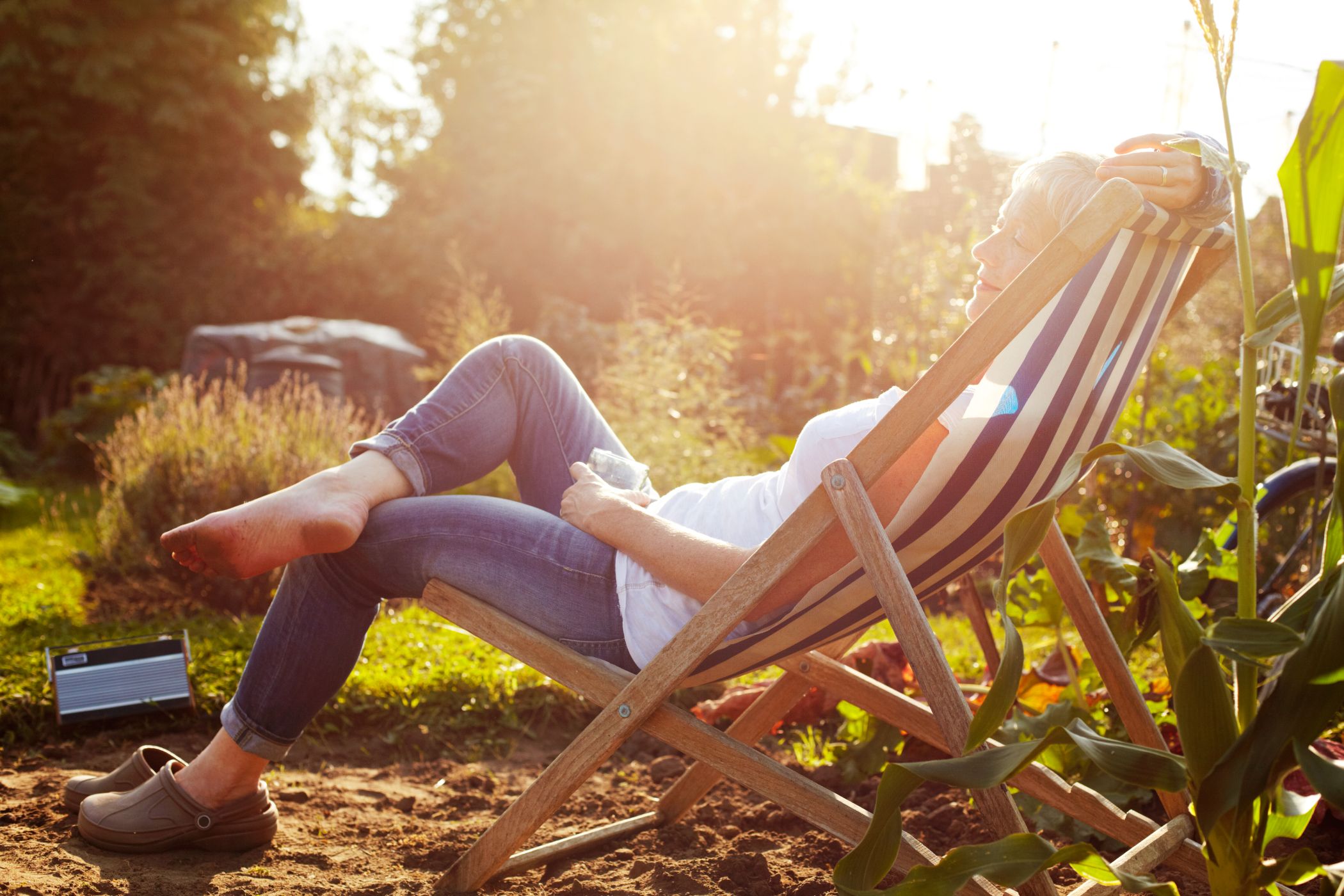 5 outdoor summer essentials to prove Society6 is your one-stop-shop this season
5 outdoor summer essentials to prove Society6 is your one-stop-shop this seasonCheck off all of your outdoor summer essentials by shopping exclusively at Society6.
By Brittany Romano Published
-
 The first-ever Etsy outdoor sale is happening now, and we're buying these 5 items
The first-ever Etsy outdoor sale is happening now, and we're buying these 5 itemsFor a limited time, this Etsy outdoor sale will give your backyard the facelift it needs — at a fraction of the cost.
By Brittany Romano Published
-
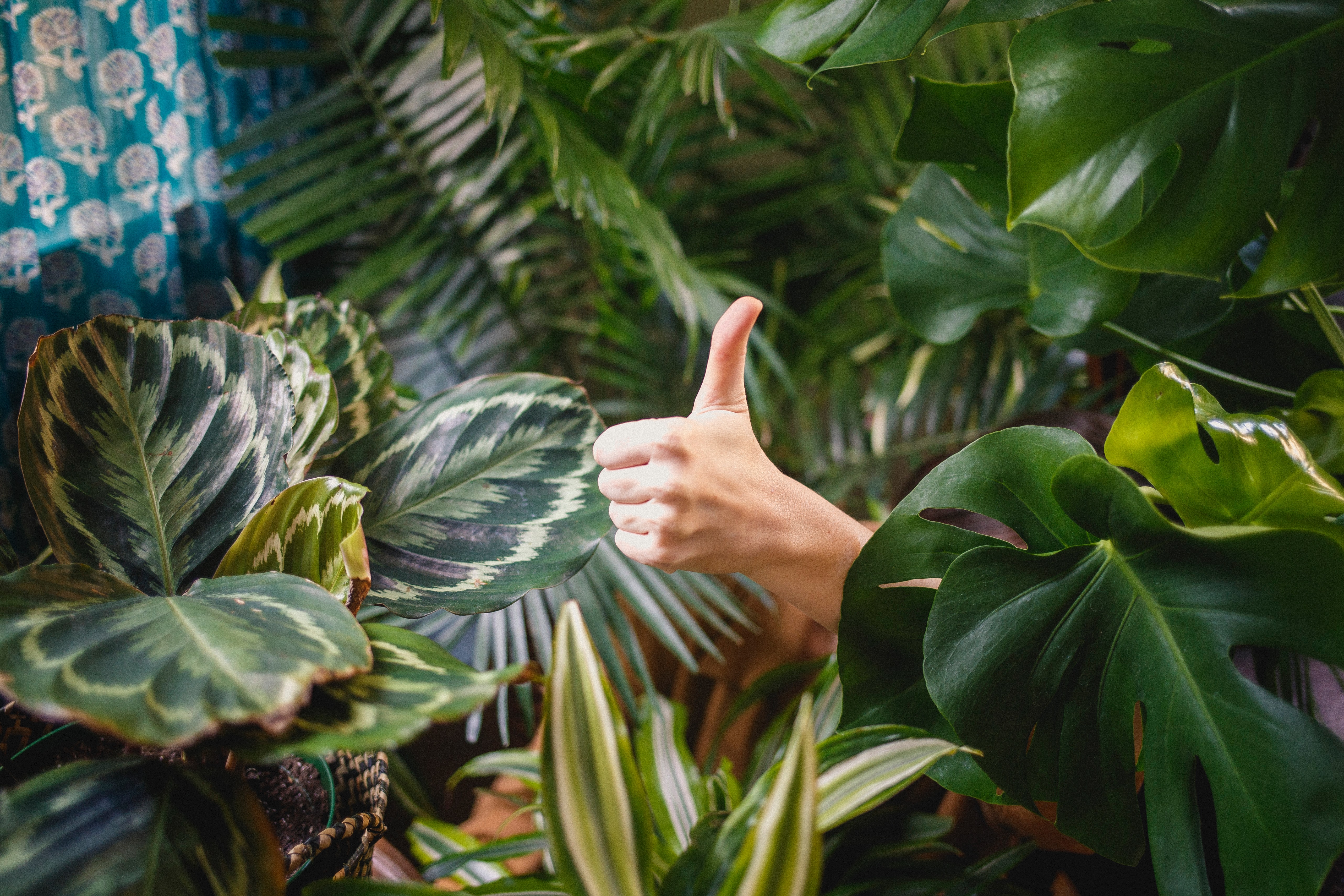 The benefits of houseplants – 8 feel-good ways plants help your health
The benefits of houseplants – 8 feel-good ways plants help your healthEnjoy the many benefits of houseplants. Air-purifying, anxiety-soothing, mood boosting and more positive vibes.
By Camille Dubuis-Welch Published

